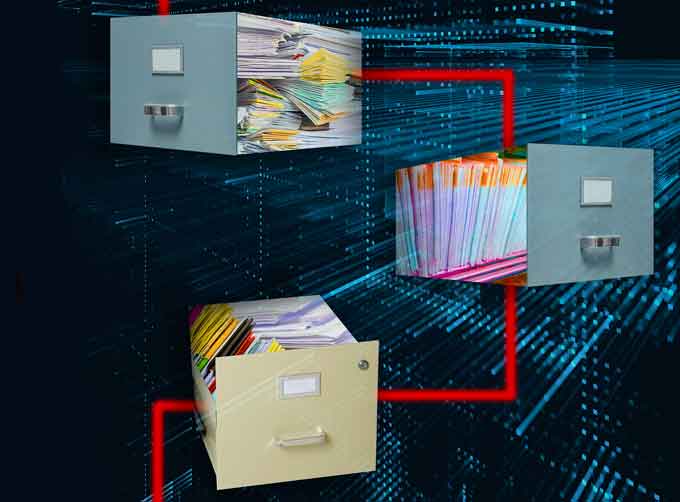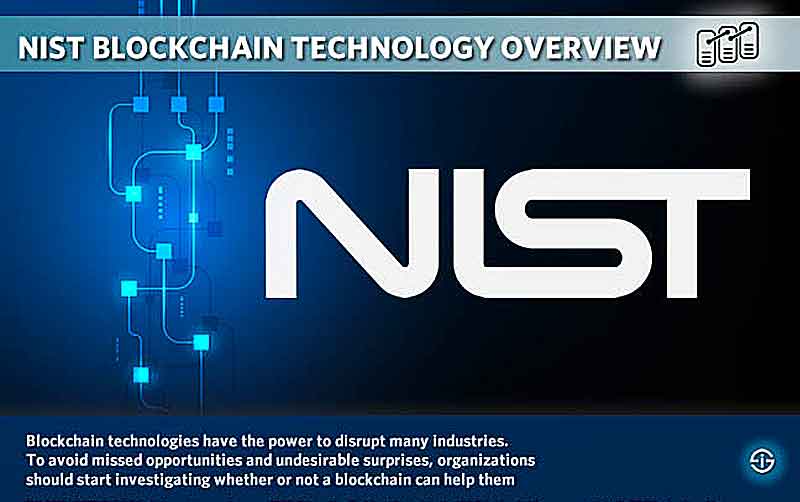
The National Institute of Standards and Technology (NIST) has officially released the publication NISTIR 8202, Blockchain Technology Overview.
Blockchains are tamper evident and tamper resistant digital ledgers implemented in a distributed fashion (i.e., without a central repository) and usually without a central authority (i.e., a bank, company, or government).
At their basic level, they enable a community of users to record transactions in a shared ledger within that community, such that under normal operation of the blockchain network no transaction can be changed once published.
(Learn More. Learn more about how blockchain works and see it in action within the diamond industry, which has been plagued by fraud, theft and controversy. Courtesy of the IBM Think Academy and YouTube. Posted on Sep 23, 2016.)
This new publication is a high-level technical publication that examines the history, scope, and characteristics of this emerging technology which has enabled the development of numerous cryptocurrency systems.
NISTIR 8202 considers various blockchain implementation approaches, existing limitations and misconceptions surrounding blockchain, and several areas of consideration for federal agencies and organizations seeking to understand and manage blockchain technology.
It is an introductory document meant to provide the foundation for a planned series of publications on more specific aspects of blockchain, intended to help readers understand how blockchain technology works.
Please note that this document has undergone substantial revisions in response to the feedback received during the public comment period.

Three sections present in the draft have since been removed from the final publication:
- Permissioned Use Cases
- Permissionless Use Cases, and
- Blockchain Platforms.
While the rapidly changing landscape and areas of interest around this technology, as well as an ever-increasing number of platforms, have rendered these sections unsuitable for this high-level document, topics discussed in those sections are still being considered for future works.
Additionally, Section 8.1.2, Bitcoin Cash, contained an erroneous and unverified statement which has since been removed in final editing.
(Learn More about NIST. See an illustrated guide to NIST’s mission and its impact on our daily lives. Courtesy of National Institute of Standards and Technology and YouTube. Posted on Oct 10, 2014.)
The NIST Information Technology Laboratory
The Information Technology Laboratory (ITL), one of seven research laboratories within the National Institute of Standards and Technology (NIST), is a globally recognized and trusted source of high-quality, independent, and unbiased research and data.
ITL’s mission, to cultivate trust in information technology (IT) and metrology, is accomplished using its world-class measurement and testing facilities and encompassing a wide range of areas of computer science, mathematics, statistics, and systems engineering.
This non-regulatory role, along with ITL’s deep technical expertise in all fields of information technology, helps increase trust in IT worldwide.
(Learn More about the Information Technology Laboratory. NIST research reveals that context plays a critical factor in why users click or don’t click on a phishing email. Why do phishing emails remain so effective at disrupting our computer networks? Courtesy of National Institute of Standards and Technology and YouTube. Posted on Jun 27, 2018.)
















